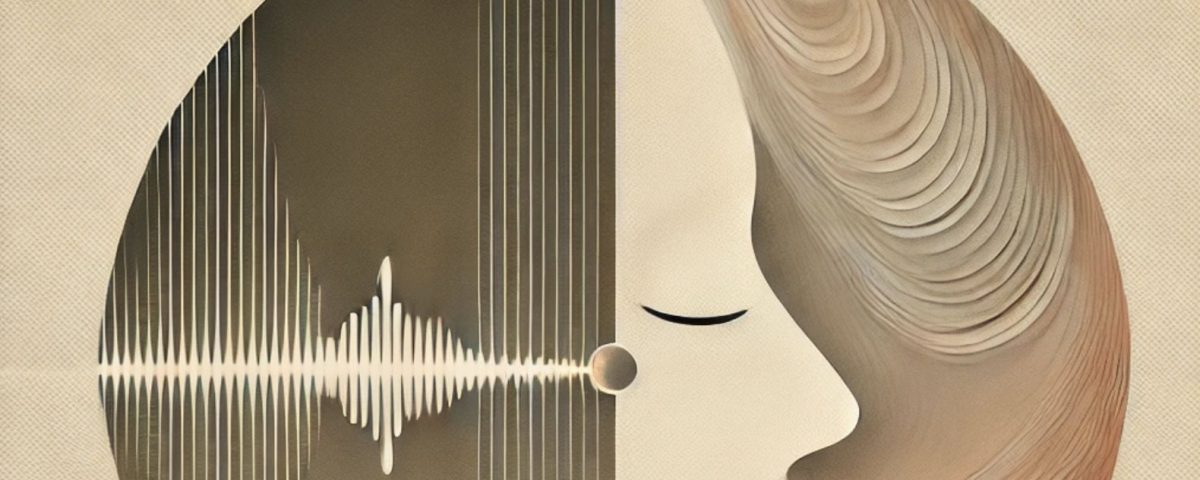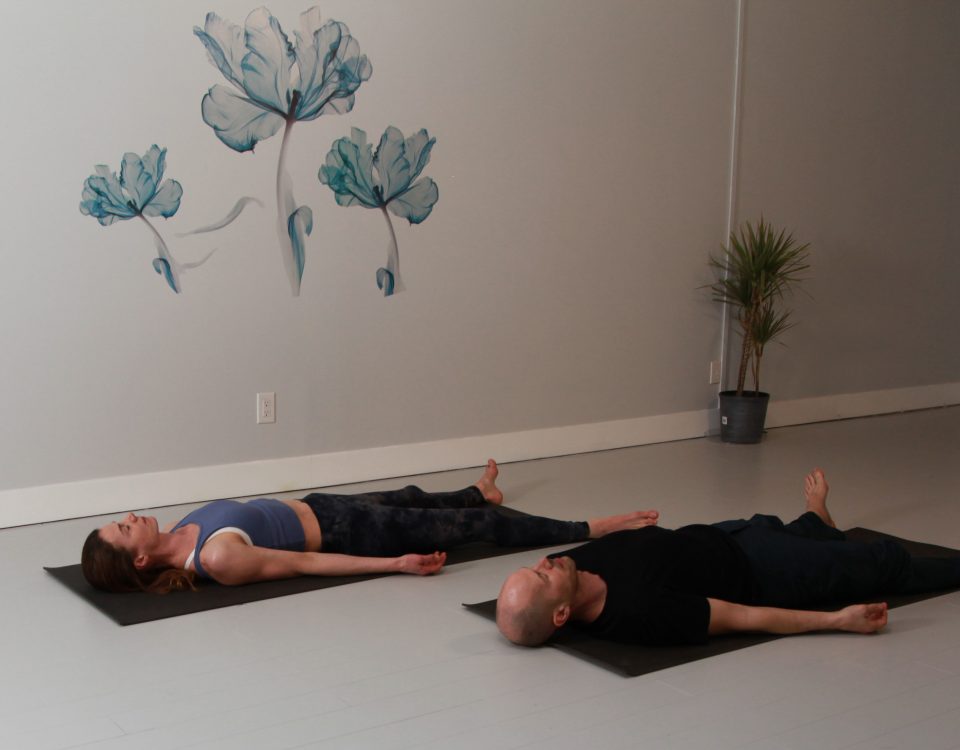
Mindful Movement vs. the Harmonics of Habit
September 8, 2024
Ambivalence and Purpose: A Remembrance Day Reflection
November 11, 2024Yoga teachers are seasoned guides in mindful movement and safe alignment and have your best interests at heart. But let’s be honest—sometimes all those cues can feel like a mental juggling act. So, how do you balance listening and staying present with your practice? Here are a few strategies and points to ponder:
The teacher’s cues can help streamline your attention. You may have heard of a resting-state network of the brain called the default mode network. It’s characterized by your inner commentary, while your mind wanders away from present-moment sensations and tasks. Though this state of mind serves a purpose in imagination, memory and self-identification, it also relates to states of anxiety, rumination, and even chronic pain. So, as it relates to your mental state, the teacher’s guidance can help you stay gently “on task” and diminish the power of the mind wandering.
The shared “mental toll” of decision-making. The second related aspect is that the teacher’s guidance temporarily takes much of the weight of decision-making off your shoulders. For those who practice independently, you’ll have experienced the mental energy placed into “What should I do now? For how long?”. With the teacher’s guidance, the decisions become easier within a limited set of choices. It’s like someone has cooked your dinner, but you still get to add the condiments yourself.
A careful balancing act. That being said, it’s important to strike a balance between receiving guidance and keeping your focus on your bodily sensations and movements. While you listen, try to stay rooted in what your body is telling you. The teacher’s words should support—not hijack—your attention. And from this place of mindfulness, you can make good decisions.
It’s good to break the flow, sometimes. A light-hearted moment like a smile or a laugh can help snap us back to our human selves, reminding us that yoga isn’t about being perfect; it’s about being present.
Words can be insightful. Occasionally, a cue will spark a fresh perspective, helping you notice a habit pattern or adjust a movement. Embrace those moments as opportunities to enhance your practice and shed old habits.
And if needed… use your power to tune-out. Let’s be real: sometimes the teacher (yes, I’ve been guilty of this too!) can go on a bit too long, and it becomes, well… distracting. This is where your yogic strengths come in—filter out any noise (yes, even the teacher’s voice!) that doesn’t serve your practice. Refocus on the breath and sensations within, maybe even repeating a simple mantra like “so ham” or “peace in, peace out” to reclaim your attention.
The art of listening in yoga is about finding your own rhythm between the external guidance and your internal experience. Let the teacher’s voice be your guide—but your breath, your body, and your heart are your true anchors.
Karen Andersen, E-RYT 500
Behavioural Neuroscience Major, SFU





